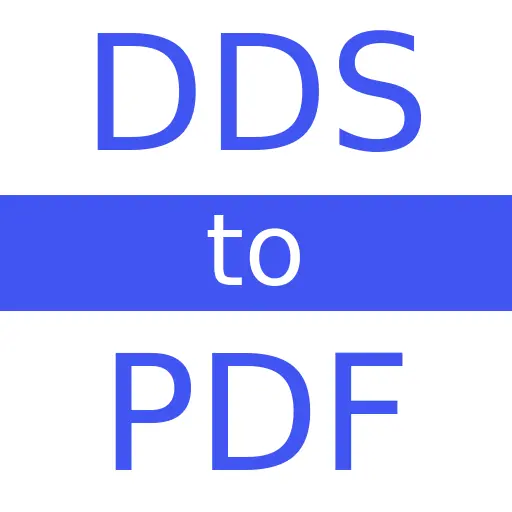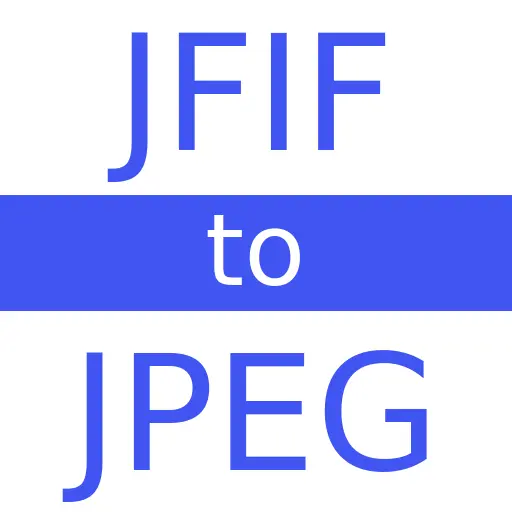DDS to PDF
Convert DDS to PDF (Fast & Free)
DDS to PDF Converter Tool - Your Day to Day Companion for High Quality Conversions
Hi there, and welcome to ProConvert! On this page you can easily change DDS to PDF with the help of our free, fast and secured online converter. DDS to PDF Converter Tool can be used with no limits or hidden charges. Don't forget, you can use the forum section below if you have any question for us or, leave us a rating in the ratings section so others can see what performant tools we have in place for free.
(or click to select files)
F.A.Q. / Frequently Asked Questions about DDS to PDF
Curious about how our platform works? ProConvert team got all your questions together and created the following Frequently Asked Questions section. Here you can find useful information about us. Don't see your question here ? Leave a question or a comment in the forum section and our team will help you as soon as possible.
File conversions were never that easy before. But good for you! ProConvert is here and gives you support and full access to convert or change DDS to PDF any time, with no limits or charges. Everything is free, created for your needs.
- Select DDS files you want to convert, from your computer or drag and drop it on the page.
- Press the "Convert" button in order to convert DDS to PDF.
- When the conversion is completed, click "Download" on the desired converted PDF file.
Useful information about DDS
| Extension: | DDS |
|---|---|
| Name: | DirectDraw Surface |
| Mime Type: | image/vnd-ms |
| Converter: | DDS Converter |
| Description: | The DirectDraw Surface container file format (uses the filename extension DDS), is a Microsoft format for storing data compressed with the previously proprietary S3 Texture Compression (S3TC) algorithm, which can be decompressed in hardware by GPUs. This makes the format useful for storing graphical textures and cubic environment maps as a data file, both compressed and uncompressed.[2] The file extension for this data format is dds. - Source |

Useful information about PDF
| Extension: | |
|---|---|
| Name: | Portable Document Format |
| Mime Type: | application/pdf |
| Converter: | PDF Converter |
| Description: | Portable Document Format (PDF), standardized as ISO 32000, is a file format developed by Adobe in 1992 to present documents, including text formatting and images, in a manner independent of application software, hardware, and operating systems. Based on the PostScript language, each PDF file encapsulates a complete description of a fixed-layout flat document, including the text, fonts, vector graphics, raster images and other information needed to display it. PDF has its roots in "The Camelot Project" initiated by Adobe co-founder John Warnock in 1991. - Source |
In High Demand Converters / See What Others Convert
As you might know already, we have over 2600 converter tools like DDS to PDF on our platform. All of them are free to use and provides high quality computing for your needs. However, these are the most used converters on ProConvert at the moment.
Forum / Questions and Answers / Everything about DDS to PDF
You got it right! Here you can ask anything about DDS to PDF Converter Tool or any other information regarding our services. You can of course recommend us what to create further or improve as a feedback. We are eager to answer all your questions.
* The question will appear on this page once answered by one of ProConvert Team members.
There are no comments posted at the moment.


